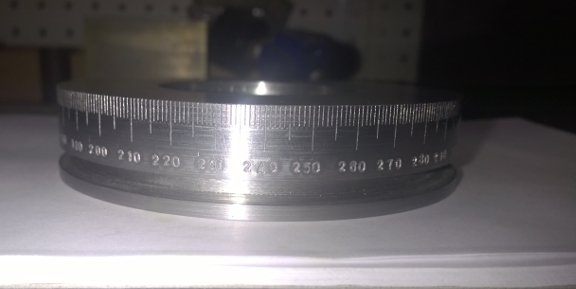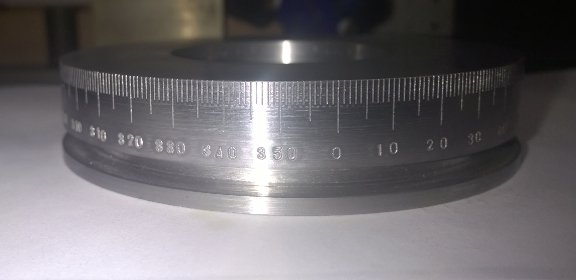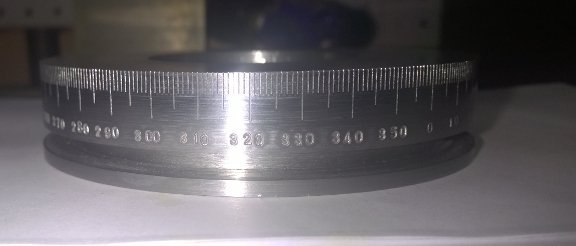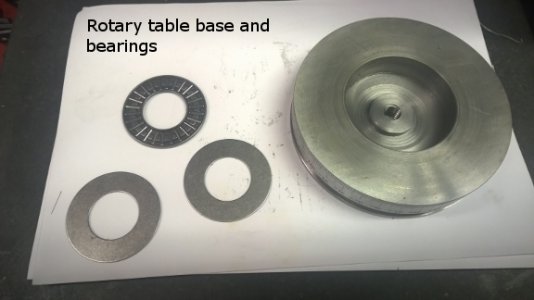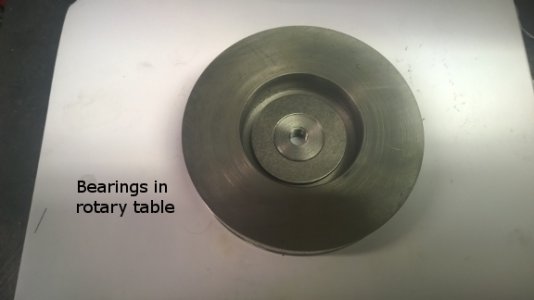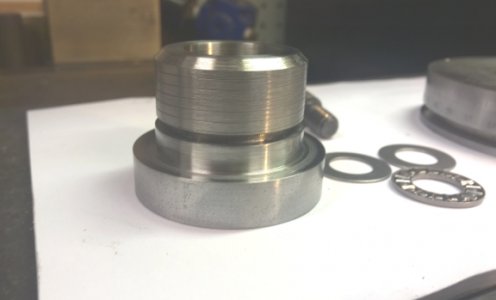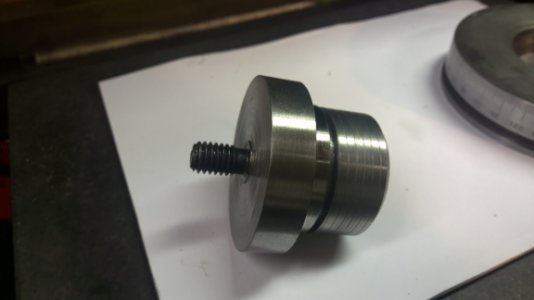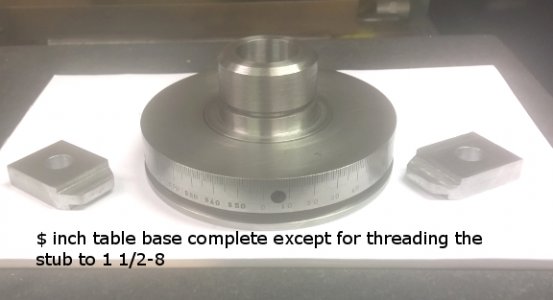- Joined
- Oct 21, 2014
- Messages
- 2,156
Nice, when you get it done can we get a copy of the plans. That looks like it would be great for some of the projects I need to do.
I like following your threads, You do some interesting things with good ideas, that makes me think of what I can do for other things in a similar fashion. Problem is my list just keeps growing, then I have to try and decide what order I want them in.:makingdecision: or start one project and it winds up on the side while I work on something else.
Looking forward to following this project till you finish it.
KVT
I like following your threads, You do some interesting things with good ideas, that makes me think of what I can do for other things in a similar fashion. Problem is my list just keeps growing, then I have to try and decide what order I want them in.:makingdecision: or start one project and it winds up on the side while I work on something else.
Looking forward to following this project till you finish it.
KVT


